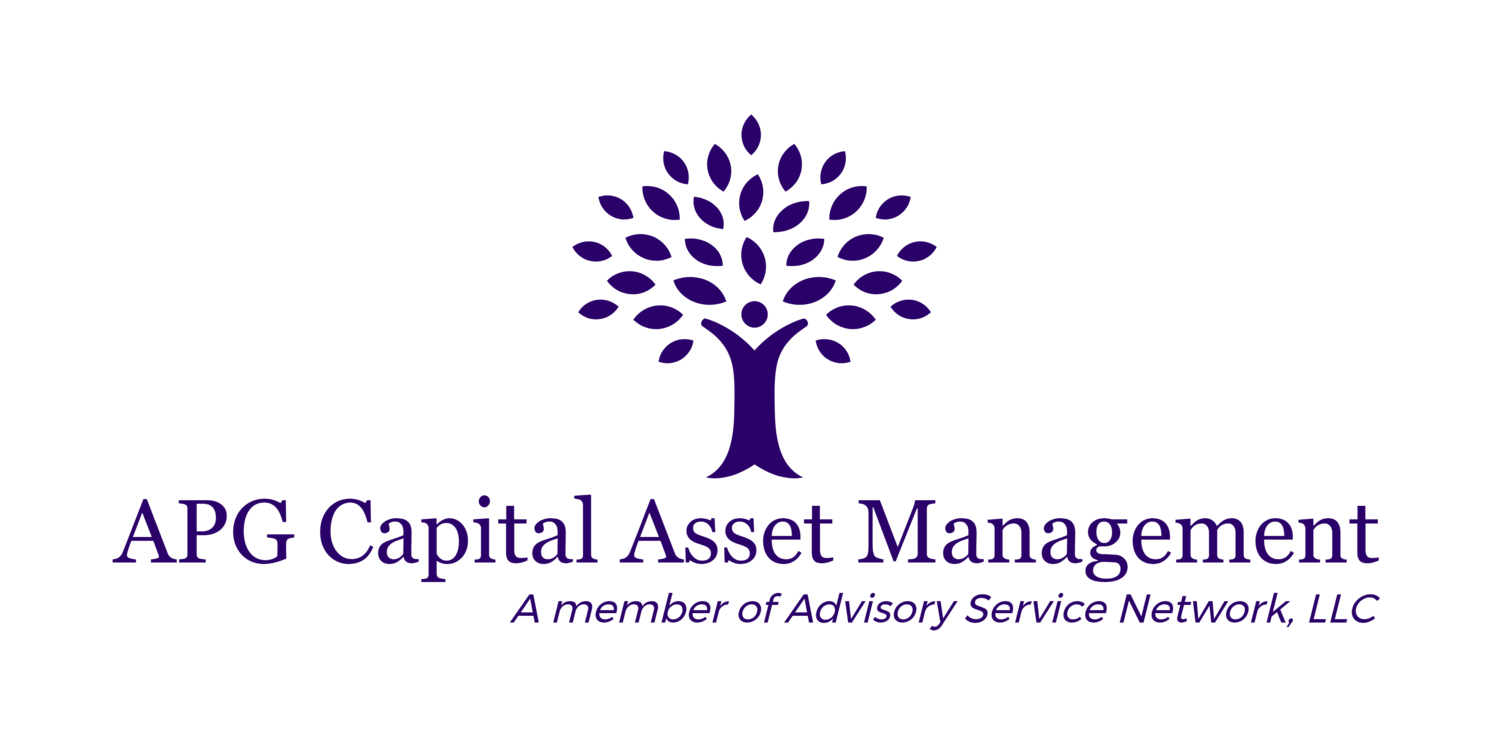The stock market declined in the third quarter after a strong start to the year. The S&P 500 dropped 3.3% but, as of the end September, the S&P 500 Index had notched a 13.0% gain for the year. The big worry at the beginning of the year was an impending recession. Fast forward nine months, and the economy has displayed remarkable resilience, leading some analysts to believe that we may evade a recession and experience a "soft landing."
One of the main reasons for the recent weakness in stocks has been the increase in long-term interest rates. While the Fed controls the short end of the curve and has raised rates from zero to 5.50%, buyers and sellers in the market determine the long-term rates. Since July, the longer dated yields have moved from 3.75% to over 5%.
Long-term bond rates are instrumental in valuing assets. Two or three years ago, income producing assets were highly sought after, as interest rates were incredibly low. Today, however, these assets are devalued as they compete with these more attractive bond yields.
While long-term rates have pushed down stock prices, this weakness may be an opportunity. If inflation continues to drop, the economy dips into recession, or geopolitical risks increase, long term rates could drop. This reversal could support asset prices in the months to come.
The Fed has been waging war against inflation since March of 2022 and seems to have the upper hand. The Consumer Price Index has dropped from 9.1% in July of 2022 to 3.7% in September[1]. Drilling down on some of the inflation numbers makes the numbers look even better, as the lagged effect of a dropping housing market has not yet fed into these inflation numbers.
The economy, while resilient, has shown signs of weakening. Home builders’ sentiment has been dropping since the middle of the year and is the lowest level since January. [2] Also, the Leading Economic Index (“LEI”) has been trending lower and points to lower economic activity. In the chart below, there is a strong correlation between a low LEI and economic recession, which are shown in the gray areas.
As for global risks, it is hard to separate the investing from the terrible and horrific events in Israel and mourn the loss of innocent civilians, but it does reinforce a focus on investing in the US and other stable regions.
The opportunity we see in these higher rates has shifted our portfolio allocations. We had been focused on shorter duration bonds for income, thinking this was the better risk/reward option. Now with higher rates out the yield curve, we have been allocating more into longer duration bonds.
[1] https://ycharts.com/indicators/us_consumer_price_index_yoy
[2] https://www.nahb.org/news-and-economics/press-releases/2023/10/mortgage-rates-well-above-7-percent-continue-to-hammer-builder-confidence
Disclosures: Standard & Poor’s 500 (S&P 500) is an unmanaged group of securities considered to be representative of the stock market in general. Indexes are unmanaged and do not incur management fees, costs, or expenses. It is not possible to invest directly in an index. The future performance of an investment or strategy cannot be deduced from past performance.


